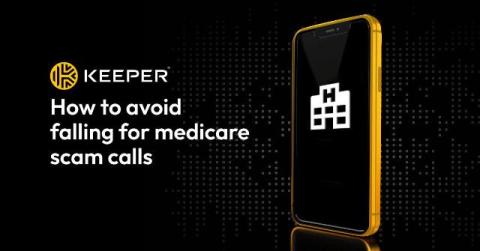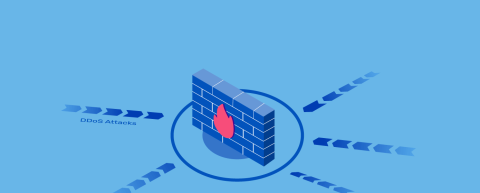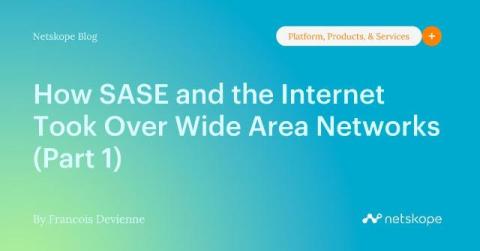How To Avoid Falling for Medicare Scam Calls
You can avoid falling for Medicare scam calls by blocking unknown numbers, refusing to give out your personal information to unsolicited callers and staying informed about common phone scams. Although all types of scams can be dangerous, scams involving Medicare endanger their targets by potentially compromising their health insurance and identity. Read more to learn what Medicare scam calls are, how they work, some common examples and how you can avoid falling for these scams.











